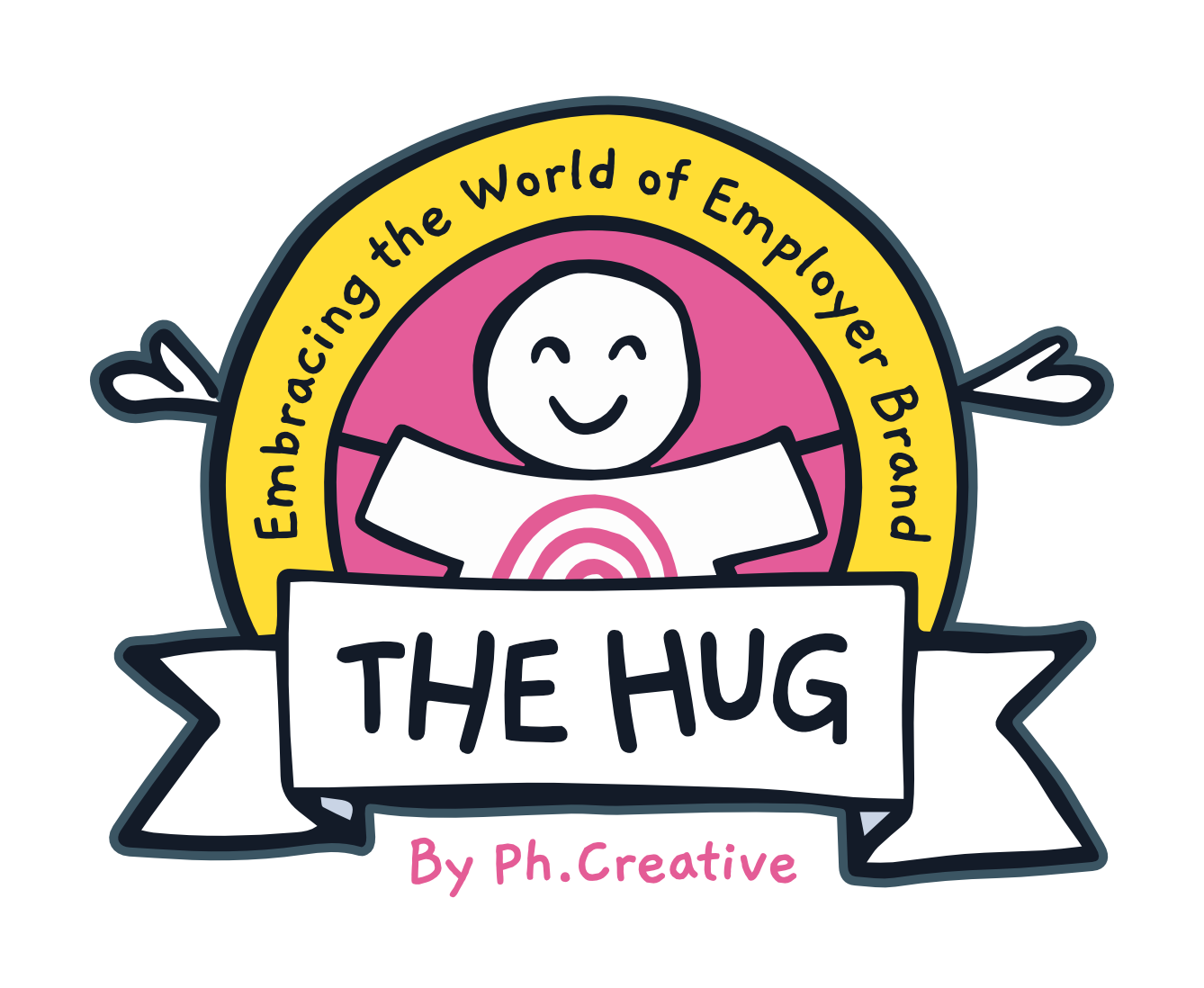How Do I Measure the Success of My Employer Branding Efforts?
Your employer brand has a greater impact than you might think. According to a 2021 study by LinkedIn, 75% of job seekers evaluate a company's employer brand before beginning an application. So if you're struggling to attract top-tier talent, your employer branding strategy is the best place to start.
Whether you need to build a greater social media presence or fine-tune your careers site, measuring important employer brand key performance indicators (KPIs) can help you figure out what your next move should be.
What's the Point of Employer Branding?
We're all familiar with consumer brands. It's what expresses the value of your products or services. That's why you can't recruit new candidates using your consumer brand. Establishing a strong employer brand is essential for attracting the right talent.
An employer brand shows prospective employees why working for your company is the right choice. When your employer brand connects with your audience's sense of purpose, impact and belonging, it's easier to attract and retain the talent you need.
Some of the most important elements to consider in an employer brand are:
- Employee Value Proposition (EVP): Your EVP is the centre of your employer brand. It tells your candidates everything they need to know about what it's like to work for your organisation, from the strenghts and benefits to the challenges and expectations. Authenticity and transparency are key.
- Mission and values: People want to do work that matters. To attract talent that wants to make a difference outside the office, your employer brand should clearly communicate your mission statement and your business story.
- Citizenship: Companies that are vocal about their political leanings often attract candidates who share the same views. If you've taken steps to build a reputation based on citizenship, your employer brand should make that clear to your audience.
- Freelancer experience: If your company works with freelancers, external consultants or contractors, incorporating their experience into your employer brand can help you improve your approach and make it more universal.
Why Do I Need to Evaluate My Employer Brand?
From onboarding time to training programs, hiring new employees is a costly process. When their experience working for you isn't what they expect, they're likely to leave and find work somewhere else.
That's what makes employer brand measurement so important. If you don't know where you need to improve the employee and candidate experience, you're less likely to get the results you want. Establishing a baseline is a great place to start.
How Can I Measure Employer Branding Success?
Like with any performance metric, regularly checking in on the progress you're making through employer brand KPIs can help you figure out what you're doing right. You can use your baseline to determine whether you're going in the right direction, or whether your current strategy needs some work.
The best employer branding metrics for evaluating success include:
1. Talent Community Leads
Having a talent community allows job seekers to join your talent pool without applying for any specific positions. The number of active members you have at any given time can help you determine your company's visibility to job seekers.
For example, if you make changes to your branding strategy and see a subsequent increase in sign-ups, you can safely assume you've got the reach you need to draw people in.
2. Employee Experience
Understanding the employee experience (EX) reveals how accurate your employer branding is. With this accurate reflection and an overall positive employee experience can come benefits like:
- Reduced absenteeism rates
- Reduced employee turnover
- Increased organisational productivity
One way you can gather EX data is by conducting employee surveys and exit interviews. The feedback you receive can help you understand whether your employer brand truly matches your EX or whether they need a little extra work.

3. Career Page Data
Your career website is an excellent place for gathering information on your employer brand's effectiveness. Regularly running analytics reports on your website's careers page can help you determine how effective your social media recruitment strategy and other methods are at promoting your employer brand.
For example, some site data you might collect includes:
- Number of applications submitted
- Bounce rate
- Total views per page
- Average visit duration
- Conversion rate
Generally, the more time people spend looking through your job postings, the more likely they are to submit an application. This metric is a great place to start if you know you have an audience but you receive fewer applications than you'd like.
4. Brand Awareness
While brand awareness is a qualitative metric, it's still useful for evaluating your success. After all, the more well-known you are as an employer, the better your chances of hiring the talent you need.
You can measure brand awareness by tracking factors like social media shares, mentions and interactions. The frequency of these interactions can help you gauge how your audience feels about your company.
How Often Should I Check My Employer Branding Metrics?
While the specific frequency you check your metrics at will vary depending on your organisation's size and hiring needs, setting a regular interval is important for evaluating success over time. For example, metrics like retention rates are usually measured on an annual basis.
Your first measurement should set a baseline for your organisation. You'll need this information to evaluate how well you're doing as well as where you might need to improve.
Tips for Reporting on Metrics for Employer Brand Measurement
Reporting your metrics on a regular basis documents your progress over time, which can help you determine whether you're on the right track.
Your report should highlight the following information:
- A brief overview of the reporting period
- Your objective
- Your brand goals for this reporting period
- Metrics measurement
- Areas for growth
In your conclusion, explain how each metric reflects on your strategy. Are you seeing an increase in applications through LinkedIn? Do new hires have a positive opinion of your company now that they're officially employees? Reflect on these questions to determine your next steps.
Strengthen Your Employer Brand With Ph.Creative
At Ph.Creative, we know how important it is to develop an employer brand that speaks to everyone. We're Defenders of Happiness, after all — for you and your employees. In addition to helping you determine the right metrics to track for your company, we'll work with you to bring those metrics up.
Book your spot for an upcoming scheduled Employer Brand Strategy Sprint Series to learn how you can create a high-impact employer brand, and feel free to reach out to us online with any questions.
Sign up to our blog

Every other Thursday we share:
✔ One feature full of our freshest insights
✔ An expert hack you'll love to use
✔ The links you need now
+ other helpful bits for thousands of EB and TA pros just like you
